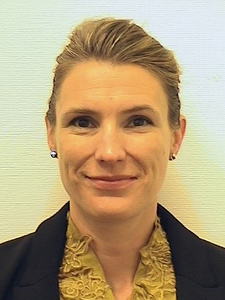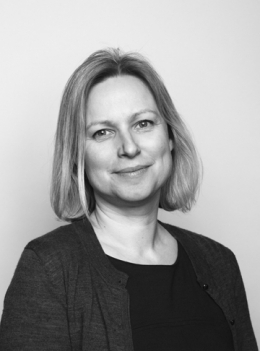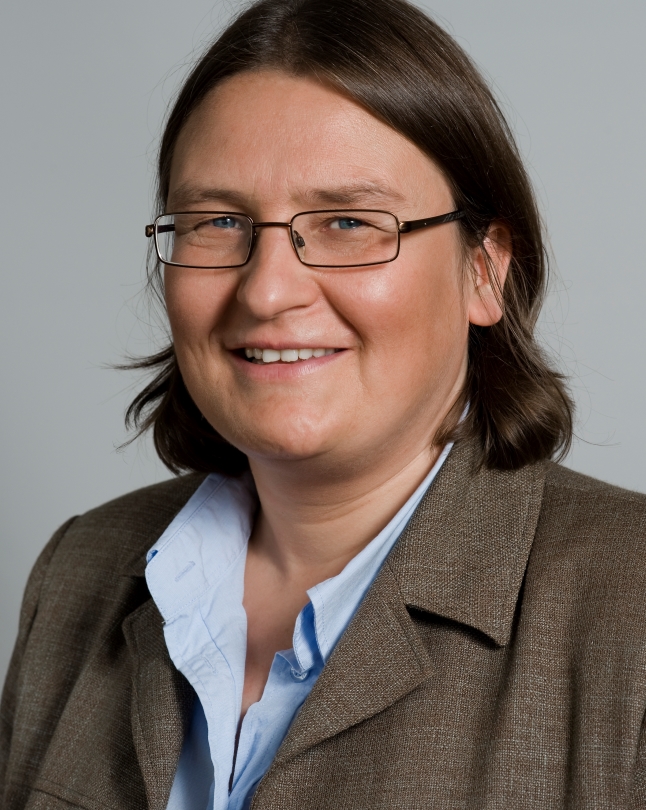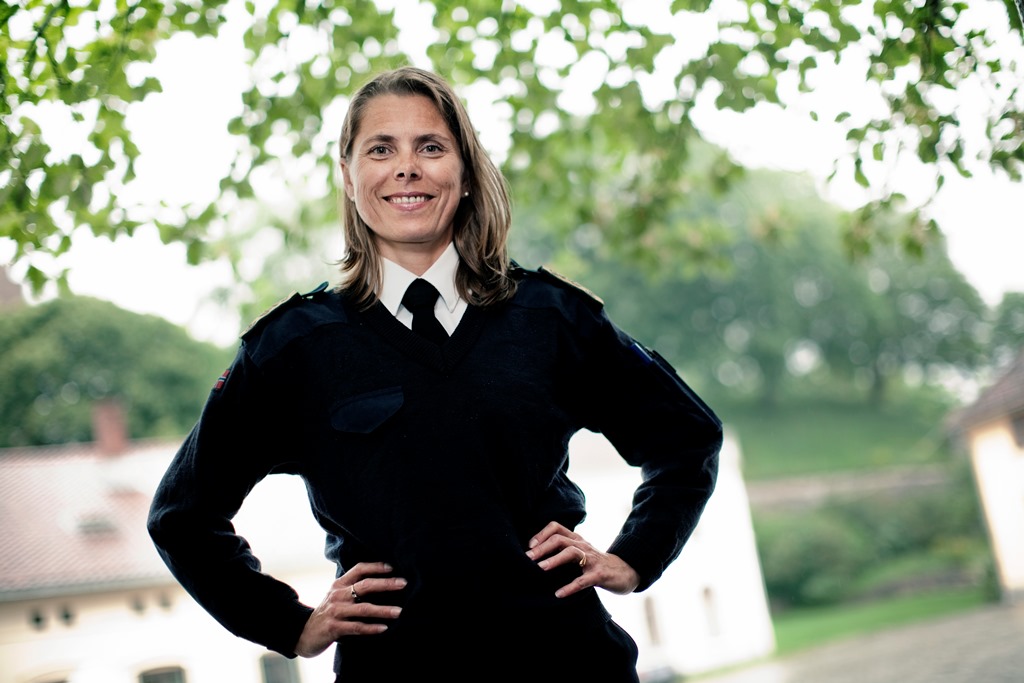Universities and university colleges: Why we prioritize gender equality
Oslo is the city in Norway with the greatest ethnic diversity, but a lack of good statistics makes it hard to design effective, targeted measures to ensure diversity.
Universities and university colleges prioritize gender over diversity – despite the fact that a growing number of higher education institutions want to include better gender balance, greater ethnic diversity, and various anti-discrimination efforts in a single action plan.
Read the article: Gender prioritized, diversity more difficult
Norway’s capital city is no exception. We contacted four institutions in Oslo – two small and two large university colleges and universities – to learn how they work with gender equality and ethnic diversity.
Good gender balance already
Oslo and Akershus University College (HiOA) stands out from the other three higher education institutions since they have drawn up an action plan for diversity rather than for gender equality.
“We have decided to base our plan on diversity since HiOA is located in the most diverse region in Norway. Diversity is one of HiOA’s core values,” says Senior Adviser Vibeke Horn.
In addition, the institution already has good gender balance among professors and docents. However, the rest of the organisation has less gender balance, with women holding the majority of jobs in most other position categories.

“Today we have 46.7 percent women in senior-level academic positions. Good gender balance is an important goal in all position categories, and annual monitoring of gender equality statistics has made it possible for us to implement measures where they are needed. When it comes to ethnic diversity, though, we don’t have the same statistical base to work from, so the measures must be based more on our assessment of the situation.”
Horn, who is a member of HiOA’s diversity committee, is one of those who pushed to put diversity on the agenda. In the Diversity Action Plan, the committee has chosen to focus on three main areas: ethnicity, gender and functional ability. HiOA also organizes a number of socially relevant events in addition to putting the three forms of discrimination in the action plan.
“For example, representatives of Skeivt Arkiv and Rosa Kompetanse have visited our campus and talked about LGBT issues. We hold annual events on International Women’s Day and plan book series on feminism and ethnicity. It’s natural for us to work to increase awareness and knowledge about these topics for employees and students,” explains Horn.
Training for all – from students to top management
The main recommendation in HiOA’s action plan is that diversity must be visible on the organizational chart and institutionalized. As such, the diversity committee must promote training, awareness-raising and knowledge-enhancement within the top management team and among administrative and academic employees:
“Good training fosters diversity. It’s important to work with unconscious biases, so the diversity committee has been charged with reviewing all levels of the recruitment process and training employees on how we select, recruit and retain employees without discriminating in the various processes,” says Horn.
“We have many specializations within health sciences and teacher and pre-school teacher education. In other words, we educate students who will go out and meet a cross-section of the population. This is why we have a social responsibility as an educational institution to have a diversity profile that represents the population among both students and employees,” she continues.
Big impact in small organization
Director Randi Stene of the Oslo School of Architecture and Design (AHO) emphasizes that gender equality and ethnic diversity should permeate the entire institution, but it can be challenging to achieve this in practice.
“When we address gender equality and diversity, it is usually well received, but when it comes to practical matters, the support can quickly wane. For example, nobody disagrees that it’s good to have more women in senior-level positions, but when it comes to awareness-raising around gender and the question of whether the qualifications listed in a job announcement result in fewer female applicants, then it becomes more challenging,” explains Stene.

AHO has decided to prioritize four main areas in its action plan for gender equality and diversity: recruitment of women to senior-level academic positions, equal pay for equal work, diversity among the students, and a stronger gender equality committee.
“Recruitment of women to senior-level positions is a general focus that all higher education institutions are measured on annually and report on to the Ministry of Education and Research, but for us is it also a critical internal measurement,” she says.
“In 2010, we had 30 percent women in professor positions, but since then this figure has declined. Because we have just a few of these positions, each female professor who leaves us has a relatively large impact on our statistics,” says Stene.
To achieve better gender balance, the institution plans to hire more women than men, and make a conscious effort with recruitment and promotions to professor positions.
With regard to diversity, AHO still has a long way to go, according to Stene.
“We see that we have a tendency to recruit students from one segment of society, the white middle class. As a result, we have set a goal that our student body will represent the population.”
“With that said, working with diversity is challenging because the data is not as good as for the gender equality field, and a sound factual basis is important for designing effective, targeted measures. As it is now, we have to look at the students’ names to get an overview. It’s not a very good method, even though we’re a small institution and know most all of the students,” explains Stene.
Up to each faculty to work with diversity
At the University of Oslo (UiO), gender equality is prioritized in the central action plan, but it is up to each faculty to design measures for diversity.

“The central action plan only addresses gender. This is related to the fact that the requirements regarding how institutions follow-up gender equality are different than the other forms of discrimination. We have worked a long time with this problem and regard it as extremely important,” says Pro-Rector Ragnhild Helene Hennum.
A mentoring programme for women, promotion seminars and a management development programme on gender equality are some of the measures identified in the plan. In addition, the various faculties are free to implement their own measures as needed.
“For example, some faculties have very few women in academic positions, while others have few female students. The gender composition of the students has changed somewhat in recent years. There are more women than men now in most of the study programmes, except for the Faculty of Mathematics and Natural Sciences. We also see a similar shift among the professors, but this change is going much slower,” says Hennum.
According to Hennum, although diversity is not part of the general action plan, the institution organizes seminars and presentations on all aspects of diversity.
“We also try to reflect diversity in UiO’s recruitment campaigns. Both gender diversity and ethnic diversity are an important topic in our recruitment efforts. We have recruitment campaigns related to individual study programmes in which we present diversity in our examples. This means that we choose to present female ICT students, male psychology students and ethnic minority students.”
However, Hennum acknowledges that the concept of equality is changing and that more forms of discrimination will be given greater focus in the future, including at UiO.
“We anticipate that this will change. Up until now, gender has been the form of discrimination that has received the most attention in both legislation and by us at UiO.”

Gender equality most important at the Norwegian Defence University College
Earlier this year, Rear Admiral Louise K. Dedichen, Director of the Norwegian Defence University College (FHS), received the Chief of Defence’s gender equality award.
“This is a clear signal that the work we do at the college is both important and on target,” says Trine Gamst, chair of the gender equality committee at FHS.
Figures from the annual report show that 31 percent of the employees at FHS in 2014 were women, while female students comprised 15 percent of the study body. The figure among the military employees was even lower, with only 8 percent women in 2014. As a result, FHS has decided to prioritize gender equality.
“We have chosen to focus on gender equality since we want to achieve equality between the genders first,” explains Gamst.
To improve the gender balance, FHS has identified three main areas in its action plan for gender equality: recruit more women and increase the percentage of women among military personnel and in R&D positions, in leadership positions and among lecturers.
“One of the challenges is to recruit qualified women as lecturers. We have not done well in this area. There are also too few female students in our study programmes, unfortunately. This is partly because the percentage of women in the Armed Forces is too low in general, but we must also look at whether we can increase women’s motivation to apply by marketing our study programmes,” she says.
To improve this situation, the gender equality committee is working with the student admissions staff to raise their awareness of the issue, and the committee has designed measures to improve gender balance in the course material and among lecturers who are invited to the school.
An especially important measure for FHS is the annual announcement of NOK 500,000 in funding for gender equality projects, seminars, mentoring programmes and network-building for employees.
“We are definitely seeing a growing interest in this project funding. Three years ago we received almost no applications. Now we have applications in excess of NOK 2 million to assess. It’s extremely positive that the interest in working with gender equality is on the rise,” says Gamst.
Translated by Connie Stultz.
The Ministry of Education and Research requires universities and university colleges to have an action plan for equality. A growing number of institutions are including more than gender equality in their action plans – for example, ethnic diversity.
In this article, we have taken a closer look at this issue by contacting four higher education institutions to find out how universities and university colleges in Oslo are working with gender equality and ethnic diversity:
- University of Oslo
- Oslo and Akershus University College
- Oslo School of Architecture and Design
- Norwegian Defence University College
See list of the higher education institutions’ action plans for equality that are available in English:
